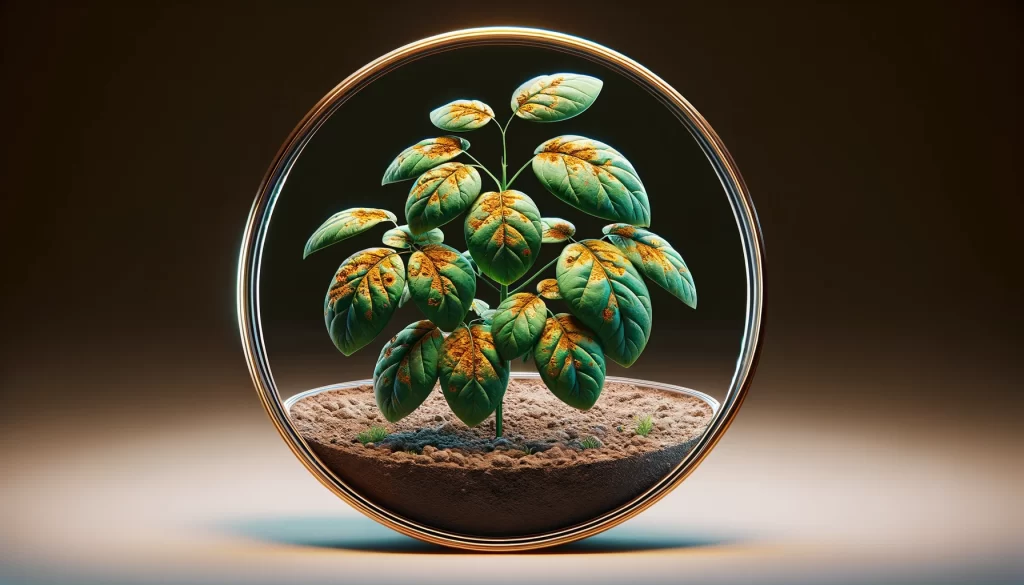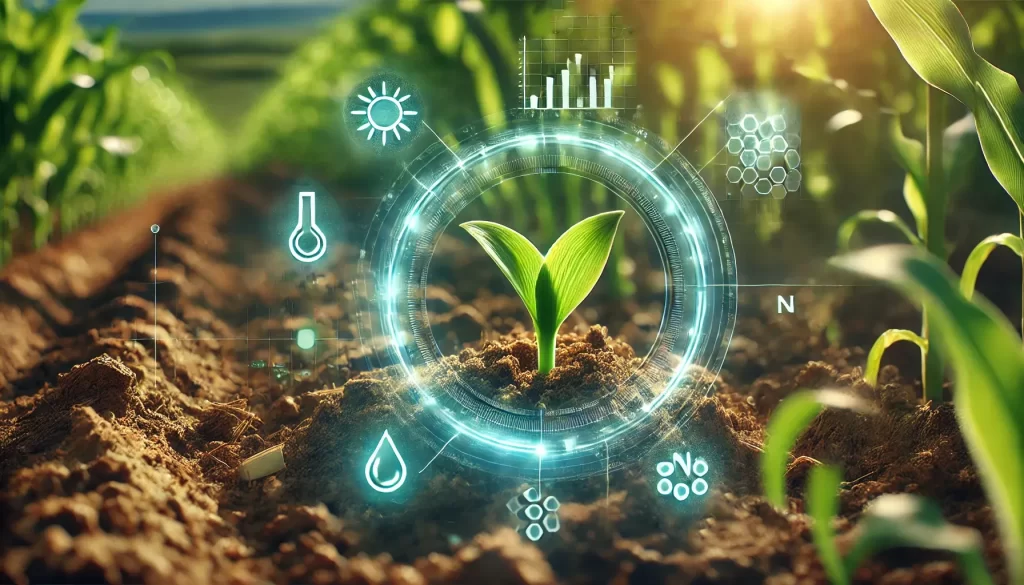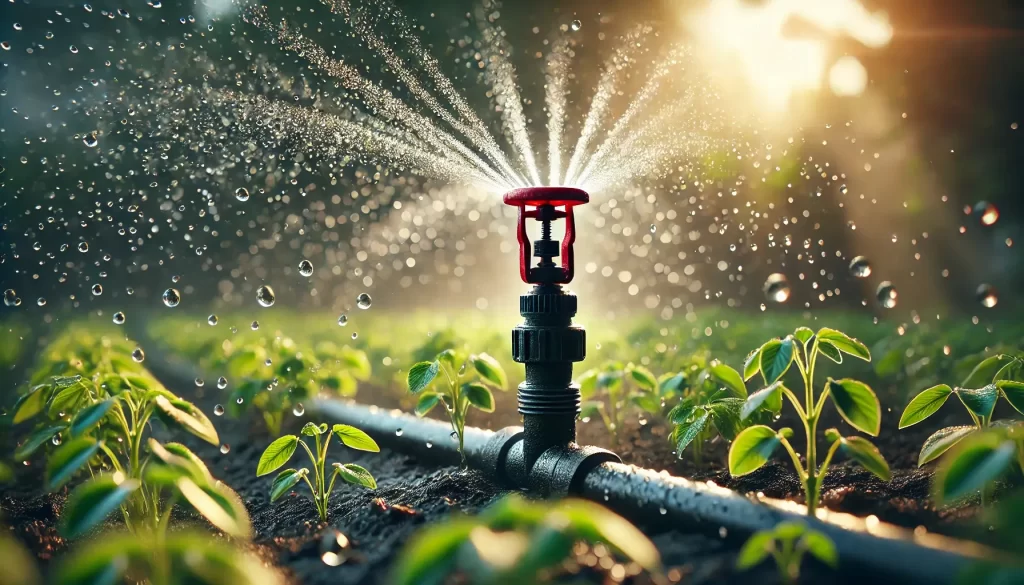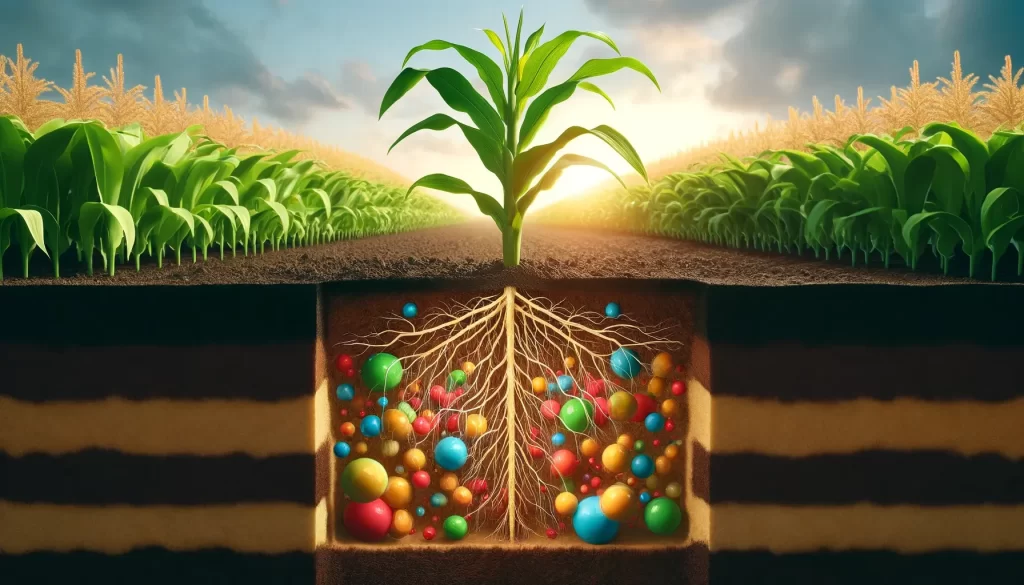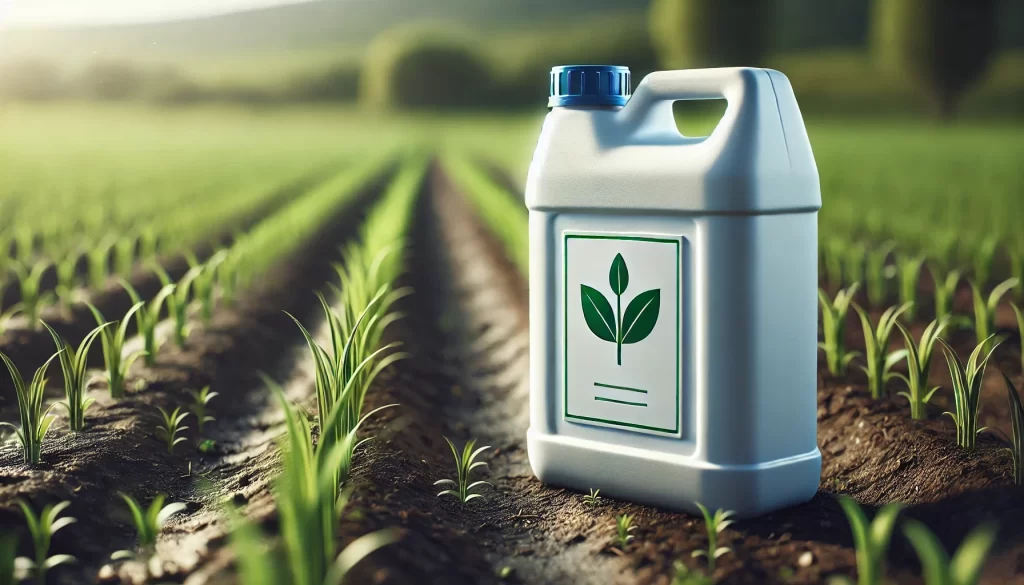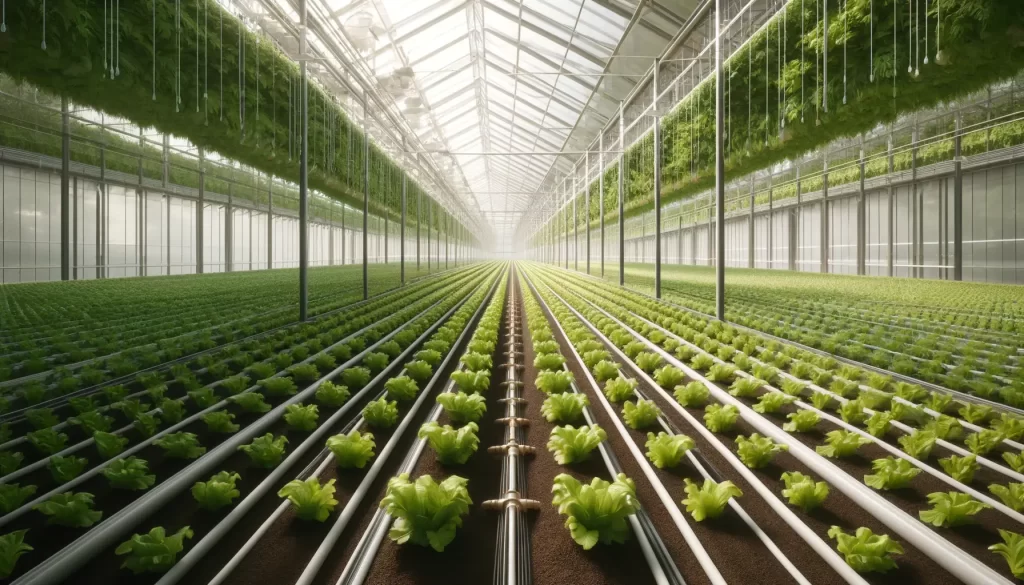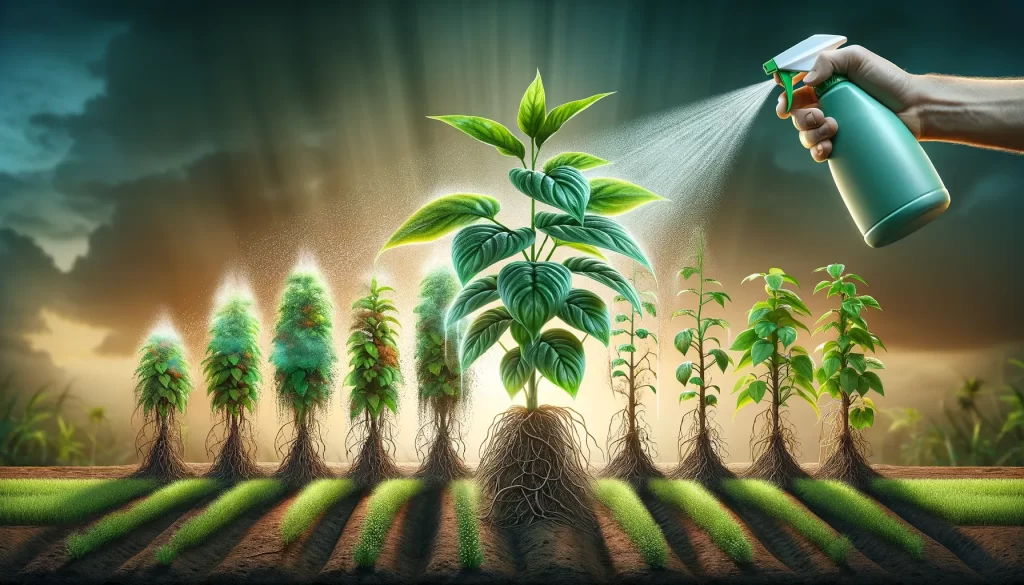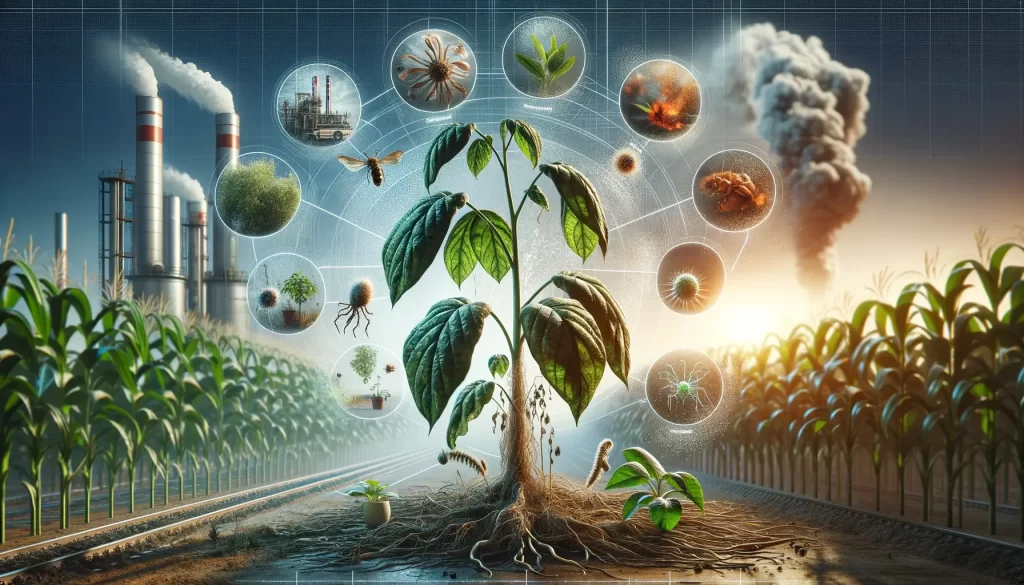The Importance of Microelements for Plants
Microelements are small amounts of nutrients necessary for the healthy growth and development of plants. Microelements such as iron, copper, zinc, boron, manganese and molybdenum play a role in many important biochemical functions such as photosynthesis, enzyme activity, protein synthesis and resistance to diseases. Adequate microelement intake ensures that plants produce products with optimum yield and quality.
Prevalence of Microelement Deficiency
Microelement deficiency is a common problem in agricultural production. It is estimated that more than 70% of the world’s agricultural soils are deficient in at least one microelement. This causes plants to be unable to meet their nutritional needs, decrease in productivity and quality, and increase susceptibility to diseases.
Purpose of the Article
In this article, in detail the symptoms of microelement deficiency in plant nutrition We will consider. We will examine diagnostic methods such as evaluation of visual symptoms and soil and plant analyses. We will also provide information about methods for preventing and controlling microelement deficiency.
General Symptoms of Microelement Deficiency
Microelement deficiency can cause many different symptoms in plants. These symptoms are:
- Slowed growth and development: Plants grow slower than normal and appear weak.
- Color change in the leaves: Yellowing, reddening or bruising may be seen on the leaves.
- Necrosis and spotting: Necrotic spots may occur on leaves and stems.
- Low yield and quality:The productivity and quality of the plants decrease.
- Susceptibility to diseases and pests: Plants become more sensitive to diseases and pests.
Common Microelement Deficiencies and Symptoms
Deficiencies of some microelements are more common than others. Below, we will examine the most common microelement deficiencies and their symptoms in detail:
Iron Deficiency:
- Iron deficiency is one of the most common microelement deficiencies.
- Yellowing of the leaves and discoloration between the veins are observed.
- Yellowing is especially evident in young leaves.
- Plants look weak and spindly.
- Efficiency and quality decrease.
Copper Deficiency:
- Copper deficiency can be seen in many plant species.
- Leaves curl, necrosis and tip drying are observed.
- There may be weakening and color change in the trunk and branches.
- Deformation and staining may occur in fruits and vegetables.
Zinc Deficiency:
- Zinc deficiency is common, especially in grains and legumes.
- Dwarfing, rosette formation and yellowing of the leaves are observed.
- Late flowering and fruiting are observed in plants.
- There will be a decrease in yield and quality.
Boron Deficiency:
- Boron deficiency can be seen in many plant species.
- Death of growth points, cracking and deformation of fruits occur.
- Necrosis and spotting may occur on the leaves.
- Root development is weakened.
Manganese Deficiency:
- Manganese deficiency is especially common in beans, soybeans and citrus fruits.
- Mottling, yellowing and necrosis between the veins are seen on the leaves.
- Plants look weak and spindly.
- There will be a decrease in yield and quality.
Molybdenum Deficiency:
- Molybdenum deficiency is common in legumes and vegetables.
- Leaves wilt, decrease in nitrogen fixation and necrosis
Diagnosis and Prognosis
Diagnosis and diagnosis of microelement deficiency are made by evaluating visual symptoms, soil and plant analyzes and using other diagnostic methods.
Evaluation of Visual Symptoms:
The first stage of microelement deficiency is to observe the visual symptoms of plants. The symptoms mentioned above may be an indication of microelement deficiency.
Soil and Plant Analyzes:
Soil and plant analyzes are the most reliable methods for diagnosing microelement deficiency. Soil analysis shows the microelement content of the soil and how much of these elements plants can absorb. Plant analysis determines the amount of microelements found in the tissue of plants.
Other Diagnostic Methods:
- Spectroscopy
- Biochemical analysis
- Molecular diagnostic techniques
Prevention and Control Methods
Various methods can be used to prevent and control microelement deficiency:
Soil Fertilization:
The most common method to prevent microelement deficiency is to apply microelement fertilizer to the soil. Different fertilizers for different microelements typesare available. Selection of fertilizer should be made according to soil analysis and the needs of the plant.
Foliar Fertilization:
Foliar fertilization allows microelements to be absorbed more quickly and easily by plants. This method is used in emergency situations or when soil fertilization is insufficient.
Seed and Seedling Applications:
Coating seeds and seedlings with microelements is an effective method to prevent deficiency. This method is especially important at the early stage of development of seedlings.
Application with Irrigation Systems:
Microelements can also be applied via irrigation systems. This method saves money by combining irrigation and fertilization.
Future Trends
New trends are expected to emerge in the future in the prevention and control of microelement deficiency:
Precision Agriculture Practices:
Precision agriculture practices will enable microelement fertilization based on soil and plant analyses. In this way, it will be possible to use fertilizers more effectively and prevent environmental pollution.
New Generation Microelement Fertilizers:
New generation microelement fertilizers are designed to have more controlled release, be more environmentally friendly and have higher efficiency. These fertilizers will increase yield and quality by better meeting the nutritional needs of plants.
Sustainable Agriculture:
Prevention and control of microelement deficiency is an important part of sustainable agricultural practices. Correct microelement fertilization helps protect soil and water resources and future generations It will contribute to the creation of a healthy agricultural environment for -guide/”>.
Conclusion
Microelement deficiency is a problem that negatively affects the growth and development of plants and causes a decrease in yield and quality. Microelement deficiency can be diagnosed by evaluation of visual symptoms, soil and plant analyzes and other diagnostic methods. Microelement deficiency can be prevented and controlled by using various methods such as soil fertilization, foliar fertilization, seed and seedling applications and application with irrigation systems. In the future, precision agriculture practices, new generation microelement fertilizers and sustainable agricultural practices are expected to play a more effective role in preventing and controlling microelement deficiency.
As Greenlive, we are a company that produces plant nutrition products. We especially produce liquid and organic fertilizers. Our products are specially formulated to best meet the nutritional needs of plants. Our expert team provides you with free consultancy services on the diagnosis and treatment of microelement deficiency.
You can contact us to get more information about our microelement fertilizers or detailed information about our products.
